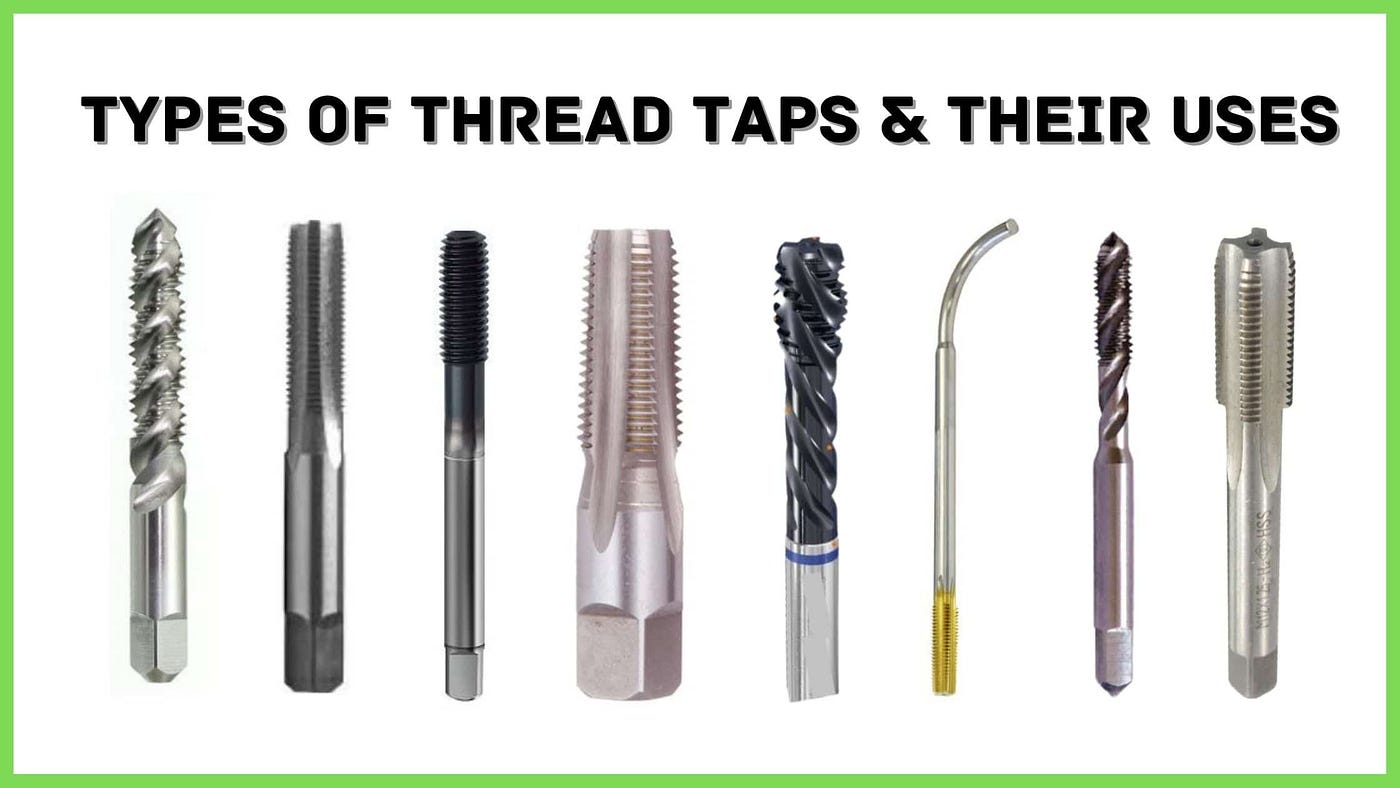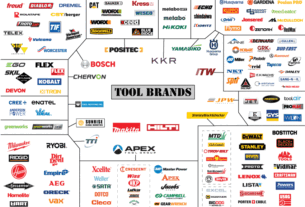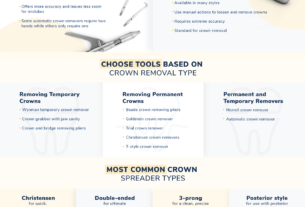If you’re in the manufacturing or metalworking industry, you know how important it is to have high-quality tools. One of these essential tools is the threading cutting tool, which is used to cut threads on metal pipes and rods. In this article, we’ll cover everything you need to know about threading cutting tools, including their types, uses, maintenance, and more.
Types of Threading Cutting Tools
There are several types of threading cutting tools available in the market, each designed for specific applications. Let’s take a look at some of the most common ones:
1. Tap: A tap is a cutting tool used to create screw threads inside a hole. They come in different shapes and sizes depending on the type of thread required.
2. Die: A die is used to cut external threads on rods or pipes. It resembles a circular plate with ridges that match the thread pattern.
3. Chaser: A chaser is a type of die that has multiple ridges and is used to cut threads on bolts or screws.
4. Thread Milling Cutter: This type of cutter uses multiple blades to produce internal or external threads by milling.
Uses of Threading Cutting Tools
Threading cutting tools are essential in many industries, including automotive, aerospace, construction, plumbing, and electrical works. Here are some typical applications where threading cutting tools are commonly used:
1. Plumbing: Threading cutting tools are frequently used in plumbing works for creating threaded connections between pipes and fittings.
2. Electrical Works: Electricians use threading cutting tools to install conduits and fittings that require threaded connections.
3. Automotive Industry: Threaded fasteners are widely used in automotive manufacturing processes that require precision machining.
4. Aerospace Industry: The aviation industry also relies heavily on threaded connections for various aircraft components.
Maintenance of Threading Cutting Tools
Like any other tool, threading cutting tools require regular maintenance to ensure they operate effectively. Here are some maintenance tips:
1. Keep the tool clean: After each use, clean the tool with a soft brush and remove any debris that may have accumulated during the cutting process.
2. Lubrication: Threading cutting tools require lubrication to prevent friction and extend their lifespan. Use a high-quality lubricant specifically designed for threading cutting tools.
3. Sharpening: Over time, threading cutting tools will become dull and less effective. Sharp blades are essential for producing accurate threads, so it’s important to sharpen them regularly.
4. Storage: Store threading cutting tools in a dry and cool place to prevent rust or corrosion.
Common Mistakes When Using Threading Cutting Tools
While threading cutting tools are relatively easy to use, there are some common mistakes you should avoid:
1. Incorrect alignment: Improper alignment of the tool can cause the thread to be cut at an angle, resulting in a weak joint.
2. Over-tightening: Over-tightening can damage the threads and make them difficult to unscrew later on.
3. Insufficient lubrication: Lack of lubrication can cause friction, which can lead to broken cutters or poor quality threads.
4. Neglecting maintenance: If you don’t maintain your threading cutting tools properly, they will eventually wear out and produce low-quality threads.
Conclusion
Threading cutting tools are essential in many industries and applications, from plumbing to aerospace manufacturing. Understanding the different types of threading cutting tools available, their uses, and how to maintain them properly is crucial for achieving precise and accurate results. By avoiding common mistakes and following proper maintenance procedures, you can ensure your threading cutting tools last longer and produce high-quality threads consistently.
References:
– https://en.wikipedia.org/wiki/Tap_and_die
– https://www.machiningcloud.com/resources/tapping-threading/
– https://www.reliance-foundry.com/blog/how-to-use-thread-cutting-tools
– https://www.thomasnet.com/articles/custom-manufacturing-fabricating/threading-cutting-tools/




